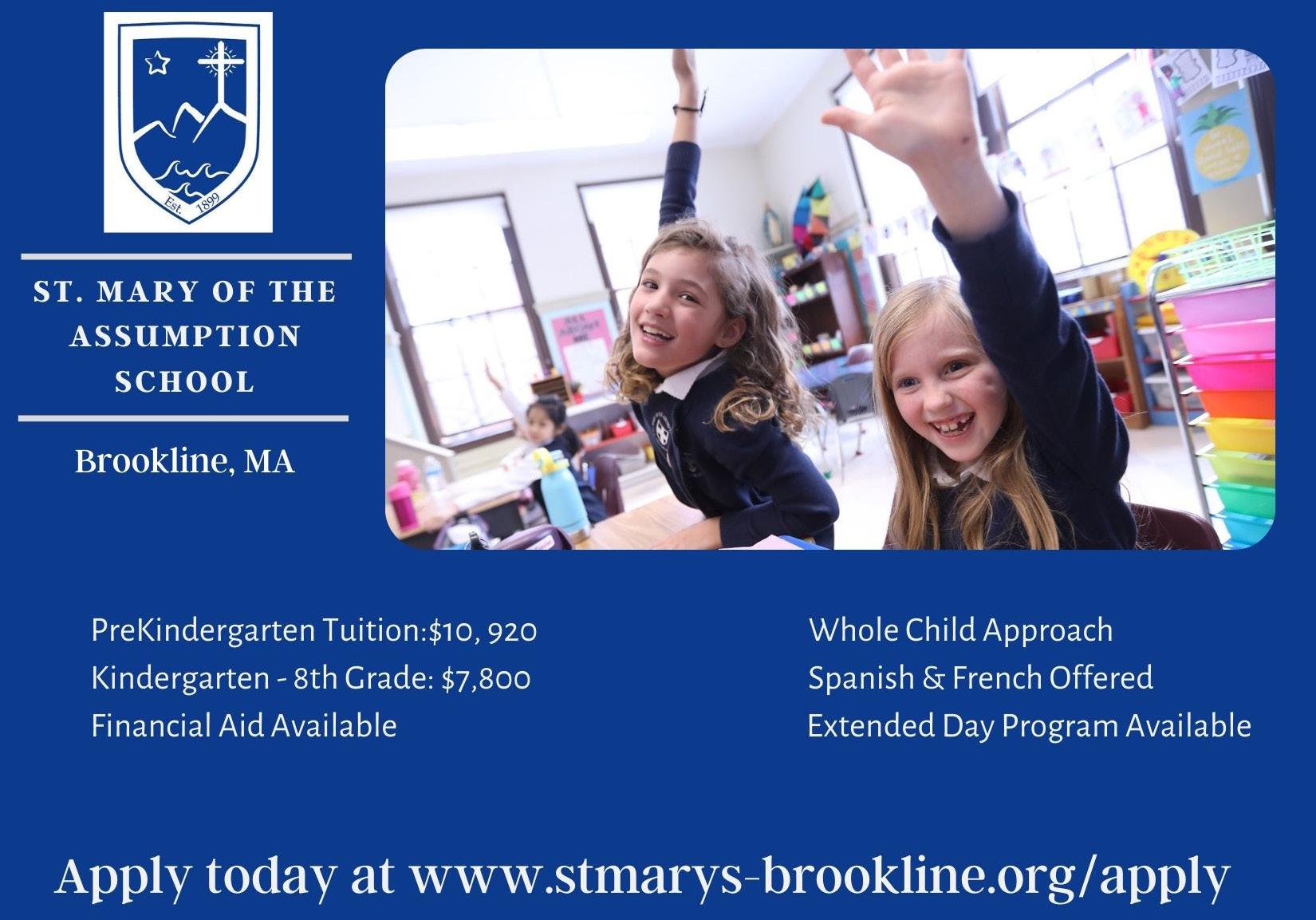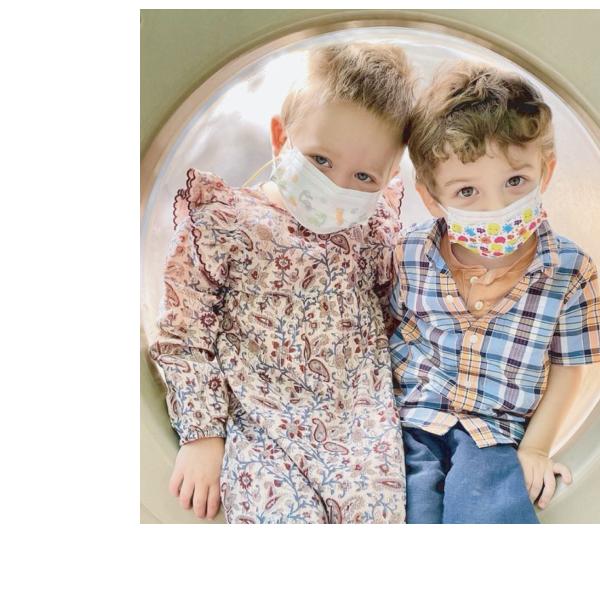
4 minute read
Making Lunch a Success
Preschool Lunch Packing Tips
Packing lunches for your pint size child takes a little thought and
planning. Use these tips to ease the everyday chore of prepping lunch boxes in which your toddler will dine from
Practice
Before your child starts a new childcare or preschool program do some practice lunch runs at home. You will better understand the items your child is comfortable eating and see how he is able to open, or not, the containers you are planning on sending. Learn where his lunch will be stored at the new school and what the signal and process will be for lunchtime. Practice having your child retrieve his lunchbox, sitting down at the lunch table and taking out his napkin before eating. Walk you child through proper table manners in a group situation. Some programs have children sit and wait for all of the kids to be present at the table before allowing children to begin to eat. If your child doesn’t have any experience with lunch boxes, food containers and water bottles have your child experiment with the opening and closing the containers and when done putting all items back into the lunch box and back into a backpack to go home.
Consider the Packaging
want your child opening his lunchbox in which the inside is covered in yogurt. Most early education programs teach recycling and healthy eating and promote a zero waste environment. When possible remove food from packaging and store in small reusable containers. Prepare food the way you would serve it to your children at home. For example, cut oranges, peel apples, peel eggs, etc. if that is the way your child eats them at home. Put a slit in a banana for ease of opening. Many programs send home all uneaten food so the parent can understand what is eaten. Make sure the food and drink you pack allow for this. Also, find out how lunch boxes are stored at school. Is there a refrigerator for storage or do lunches need a freezer pack.
Food Choices
Go for hand-held, bite size options. Children may still be learning to manage utensils. Finger foods are easier and quicker to eat. Quick eats are important with limited time to eat as well as a table full of distractions with other toddlers present. Try to avoid individually wrapped items like fruit cups (high in sugar) or bags of chips. Many items can be bought in bulk and packed in reusable containers. Skip your child being isolated to the nut table, if nuts are even allowed, by not packing them.

CONTINUED NEXT PAGE >>>

Celebrating 36 Years of Excellence Accepting Applications
Infant • Toddler • Preschool • Pre-Kindergarten EARLY EDUCATION PROGRAMS
Full- & Part-Time Childcare • 2 mos. To 5 yrs. Open 8:00am – 6:00pm Infant Care Is Now Available! On-site drop off parking • Fenced-in roof-top playspace Outstanding Teacher-Child Ratios Professionally qualified Early Education Teachers State Transportation Building 10 Park Plaza, Boston MA 02116 617-973-8200 http://www.transchildrencenter.org/
• Open to General Public • EEC Licensed #8117338 Big portions or too many choices in a lunch box can overwhelm a child, especially little ones. This can even lead to a child not being able to figure out where to start. Small portions are more doable. Five grapes is a lot more manageable than a big bunch! You may find that the less you pack, the more food your child will eat.

Most programs don’t allow sweets in lunches.
Even if sweets are allowed, do you want your child filling up on dessert or juice and not eating the healthier choices? Do everyone a favor and leave dessert for home.
Life Happens, Be Prepared!
Have a go to, healthy food option list available in your kitchen in a spot that is easy to see. I know that sometimes, in the morning panic of getting the family out of the house, having that list saved me from packing non-nutritious options. Also, always clean out your child’s lunch box the same day. In the morning, there is nothing worse then going to pack a lunch box and having it still full of smelly containers or squashed banana from the day before. Some parents are so organized that they have the lunch box ready to go the night before. One less thing to handle in the morning, right? One lifesaver we have is a spare set of lunchbox, food containers, freezer packs and several water bottles. As much as you plan there will be a day when the lunchbox or water bottle won’t come home.
Keep it Clean
Use the weekends and extended holidays to deep clean the lunch boxes and water bottles. To clean a lunch box, simply wash using a sponge and warm, soapy water. Leave upside down to air dry. To deodorize a smelly lunch bag or box, simply leaving baking soda in it overnight, then dump out and wipe clean in the morning. To clean a water bottle dilute 1-2 tablespoons of vinegar with a cup of water. Poor into the water bottle and let sit for 15 minutes. Use a bottle brush to scrub, rinse and let dry. ²








